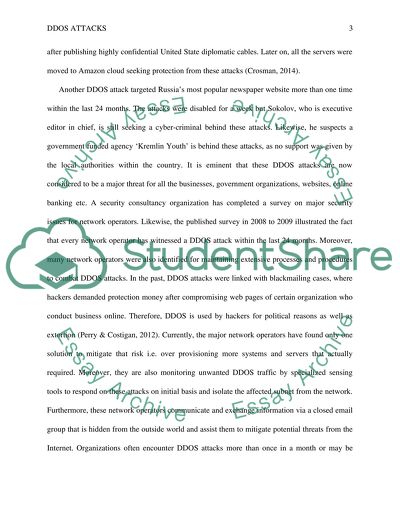Cite this document
(“Proven Practices for Securing Your Website against Distributed Denial Research Paper”, n.d.)
Proven Practices for Securing Your Website against Distributed Denial Research Paper. Retrieved from https://studentshare.org/information-technology/1664957-proven-practices-for-securing-your-website-against-distributed-denial-of-service-attacks-ddos
Proven Practices for Securing Your Website against Distributed Denial Research Paper. Retrieved from https://studentshare.org/information-technology/1664957-proven-practices-for-securing-your-website-against-distributed-denial-of-service-attacks-ddos
(Proven Practices for Securing Your Website Against Distributed Denial Research Paper)
Proven Practices for Securing Your Website Against Distributed Denial Research Paper. https://studentshare.org/information-technology/1664957-proven-practices-for-securing-your-website-against-distributed-denial-of-service-attacks-ddos.
Proven Practices for Securing Your Website Against Distributed Denial Research Paper. https://studentshare.org/information-technology/1664957-proven-practices-for-securing-your-website-against-distributed-denial-of-service-attacks-ddos.
“Proven Practices for Securing Your Website Against Distributed Denial Research Paper”, n.d. https://studentshare.org/information-technology/1664957-proven-practices-for-securing-your-website-against-distributed-denial-of-service-attacks-ddos.


